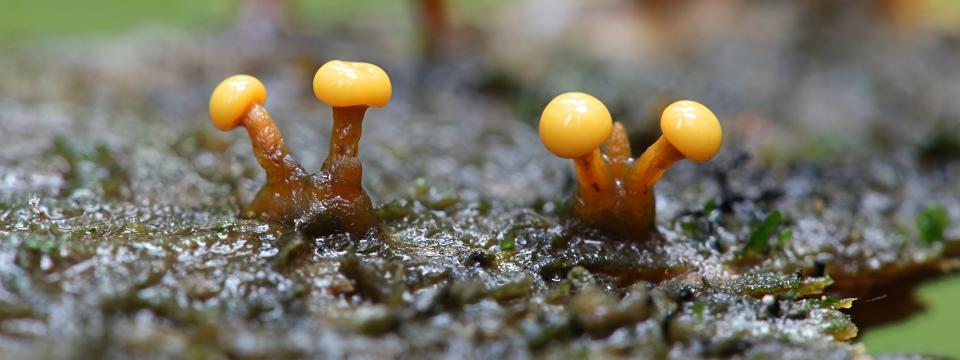Over the history of life there have been a number of key transitions that gave rise to new levels of organization and degrees of organismal integration. Although theoretical and experimental research in biology has advanced our understanding of these transitions, many outstanding questions remain, especially with respect to changes in the capacity for agency and lineage-specific directional trends. Addressing these questions demands new interdisciplinary combinations of theoretical modeling and experimental inquiry. These comparative investigations will shed light on the conditions for different kinds of evolutionary transition and their frequency, which will generate insights for specific lineages and generalizations across taxa.
Subaward projects
Updates
News
Cluster Paper Button

